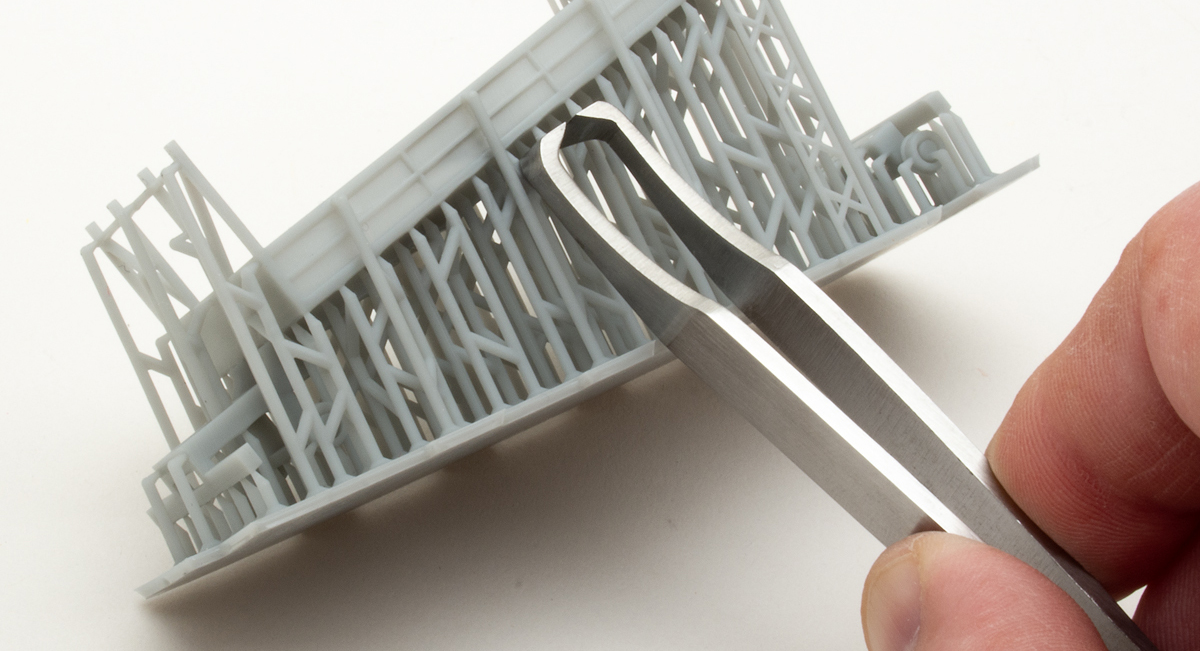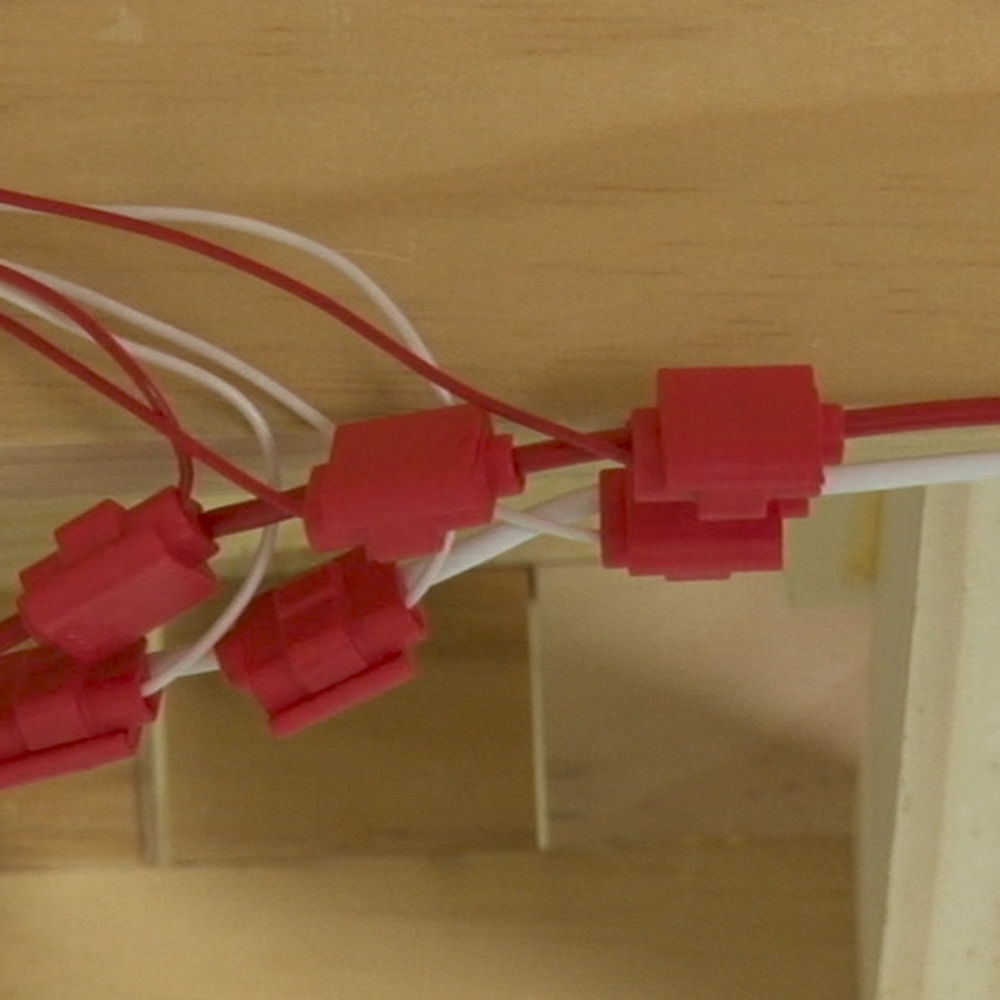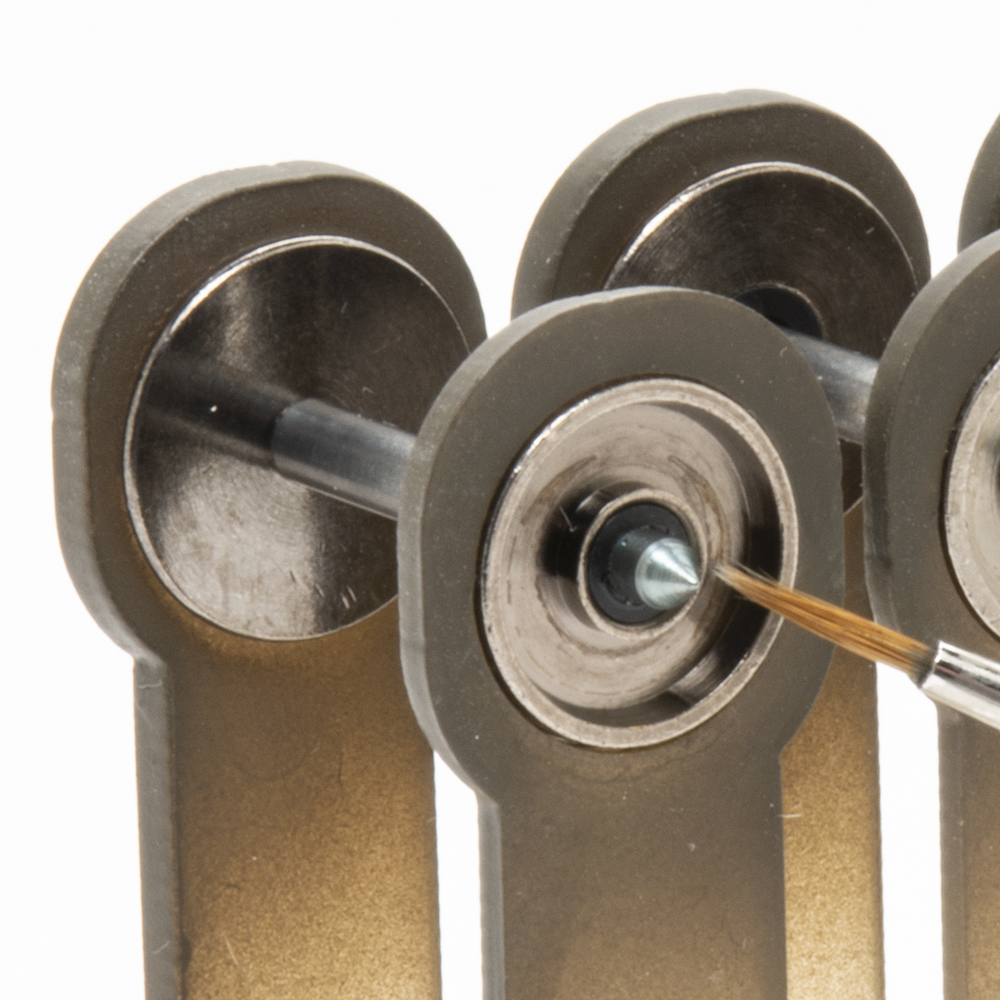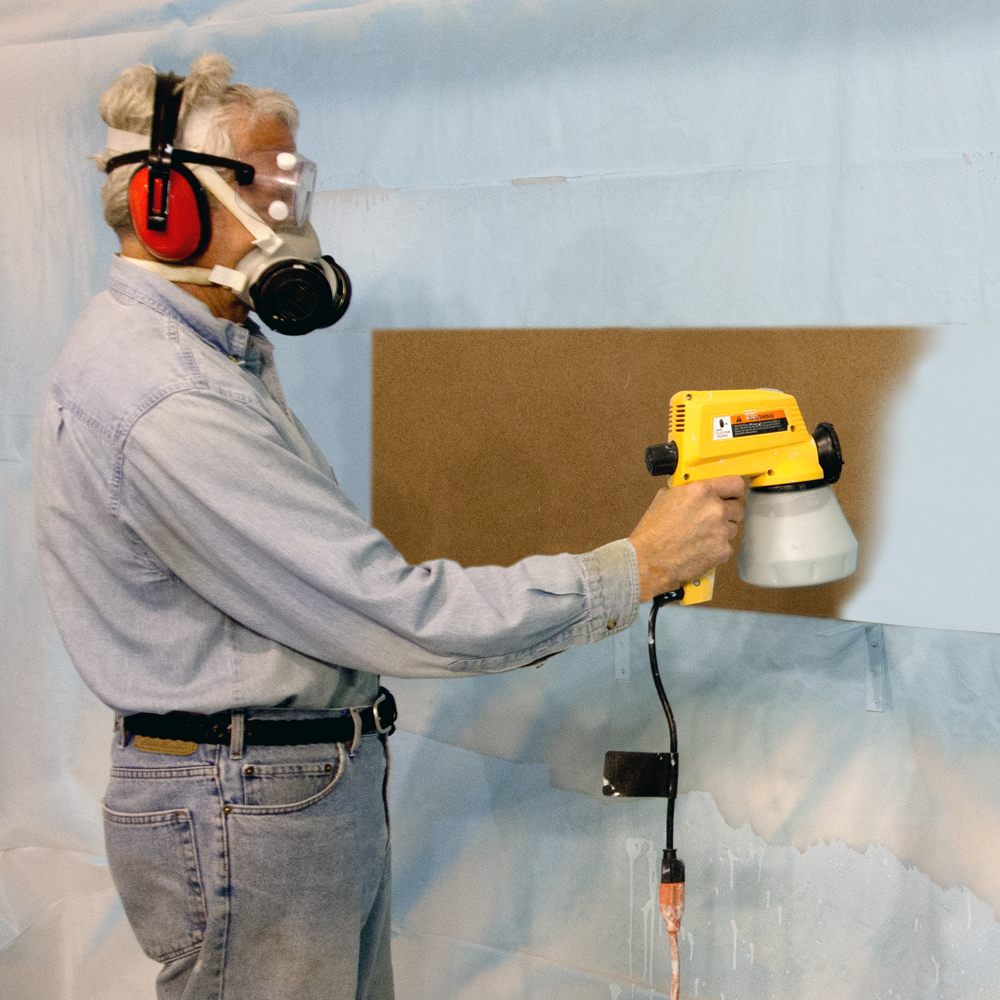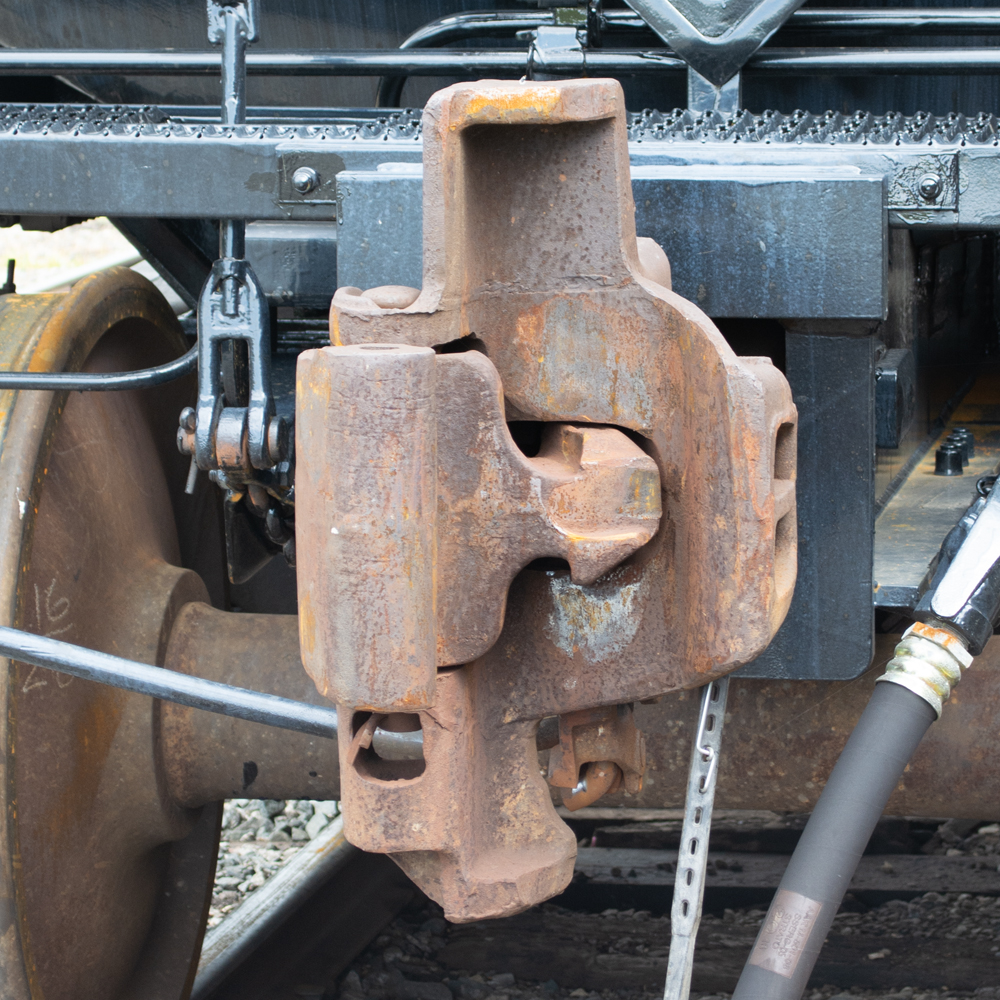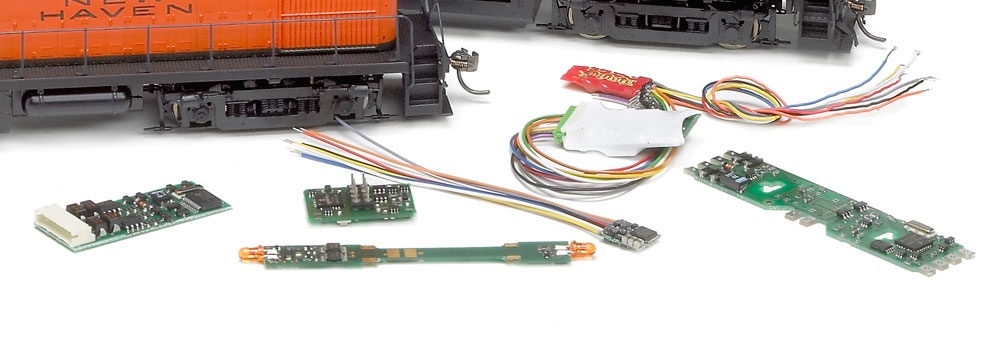
Q: In the sidebar “Building consists” on page 39 of the April 2021 issue [add link to digital issue here], the author refers to a “mobile decoder.” What is that, and how does it reinforce something called a DCC track bus? I’m new to DCC and unfamiliar with both of those terms. – Dave Smith, Fort Mill, S.C.
A: In Digital Command Control terminology, a mobile decoder is any decoder that has motor outputs (gray and orange wires, in the standard DCC wiring convention). It could be anything from a motor-only decoder to a full-function motor and sound decoder. You might have guessed that the opposite is called a stationary decoder. Those are designed for use not in locomotives, but to operate layout features like turnout controls, signals, and crossing gates.
Two other specialized kinds that might fall into either of those categories are the function decoder, which is primarily used to control lights; and the sound decoder, which only drives speakers. Though neither can run a motor, both can be used either in stationary applications or in rolling stock. For example, a function decoder could be used to control a trackside signal light or interior lights on a passenger car, while a sound decoder could produce public address announcements at a station or the moos of cattle on a stockcar.
The DCC track bus is the pair of wires used to carry electrical power and DCC command signals to the track on a layout, and from there to the decoders in DCC-equipped rolling stock. Decoders generally wouldn’t be directly wired to a track bus. However, stationary decoders used to control turnouts and the like might be connected directly to a secondary set of wires called an accessory bus. Powering such decoders in a power district separate from the track bus means that if a short circuit occurs because of a turnout being lined the wrong way, the turnout’s switch motor can still be used to resolve it. If they’re wired to the track bus that shorted out, they can’t.
In the sidebar you refer to in the April issue, when author Dave Hughes talks about reinforcing the DCC track bus, he’s talking about the wires that run between his permanently linked locomotive consists, not about the locomotives’ decoders. One pair of wires carries track power between the coupled locomotives, linking all the units’ pickup wheels. This virtually eliminates the chances of the consist losing power due to dirty track.
Got a question for us?
If you have a question about modeling, operations, or prototype railroads, maybe we can answer it for you. E-mail your questions to AskTrains@Trains.com. Put “Ask MR” in the subject line and be sure to include your full name and hometown.





